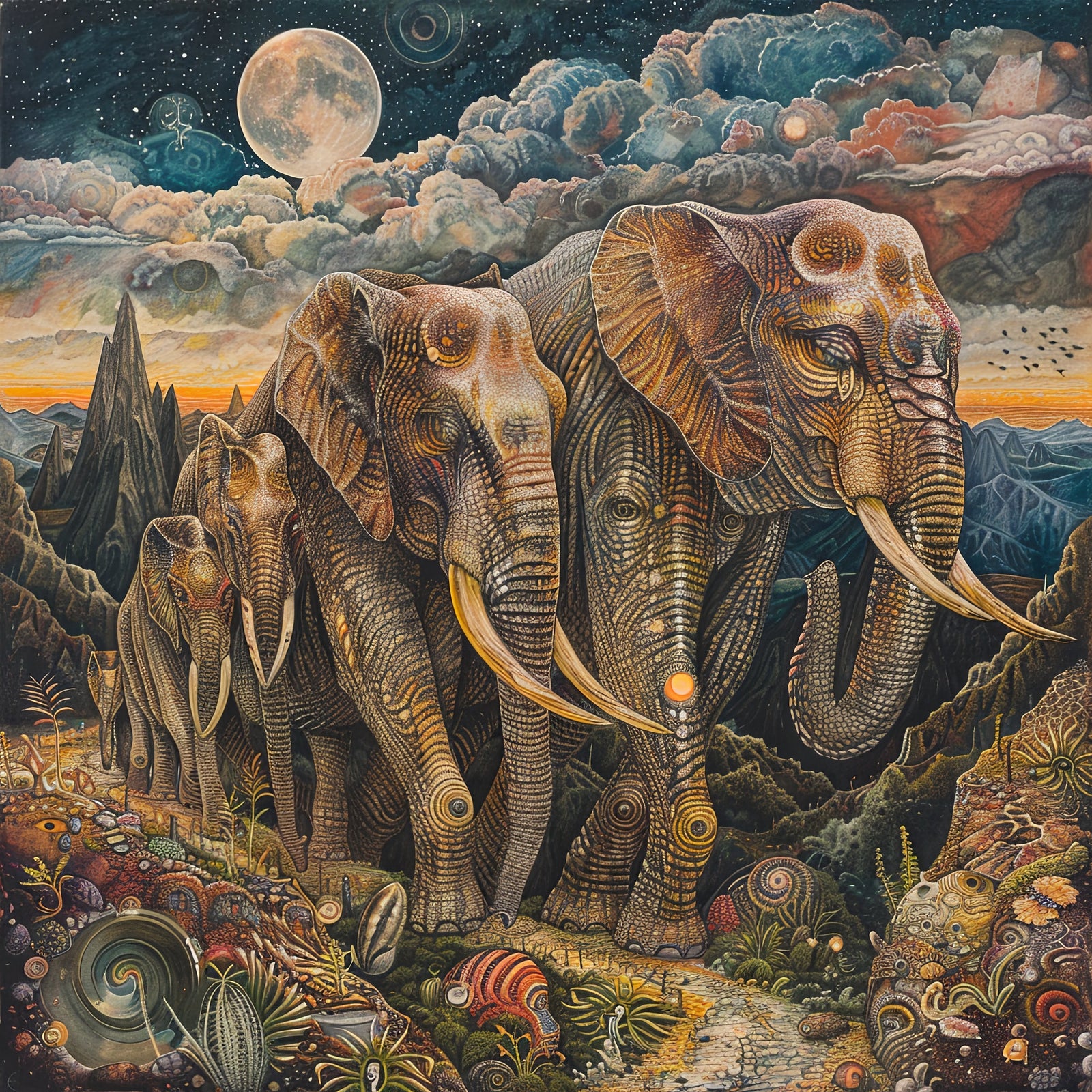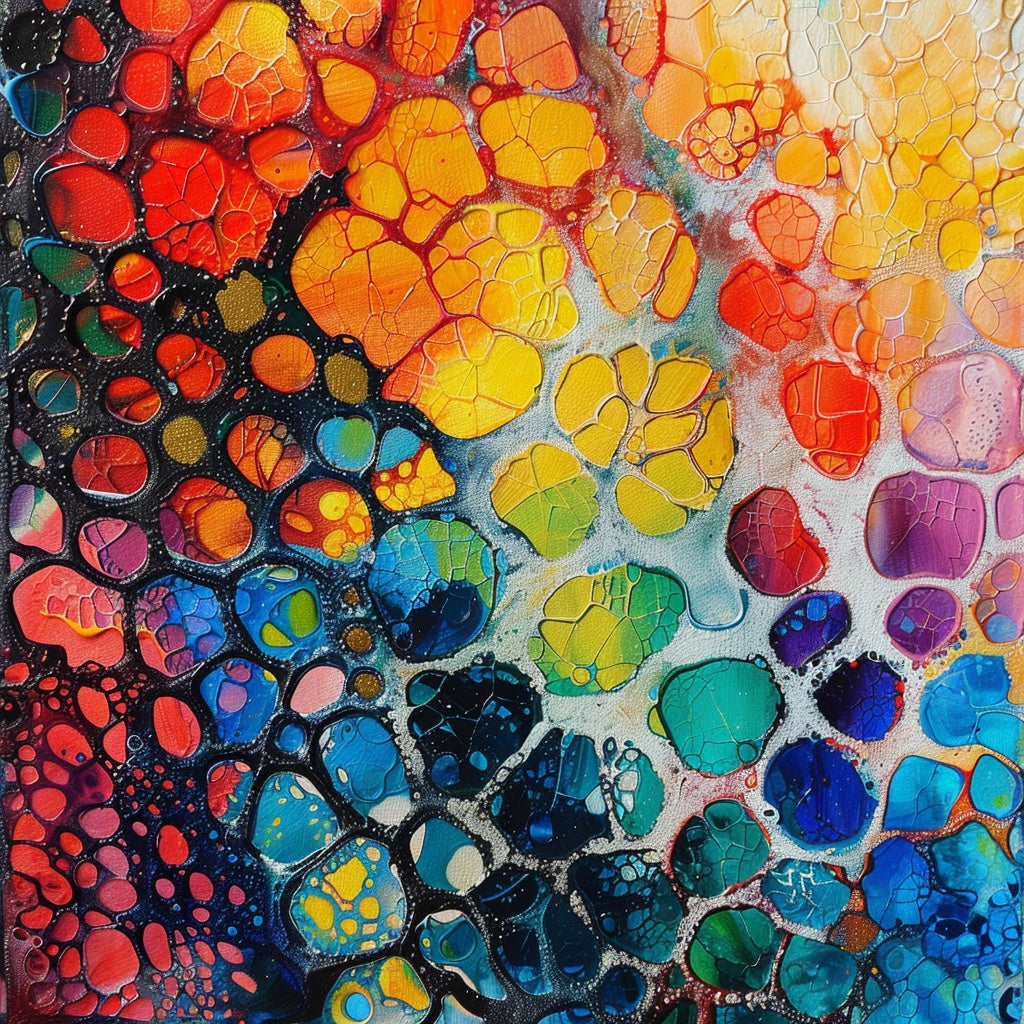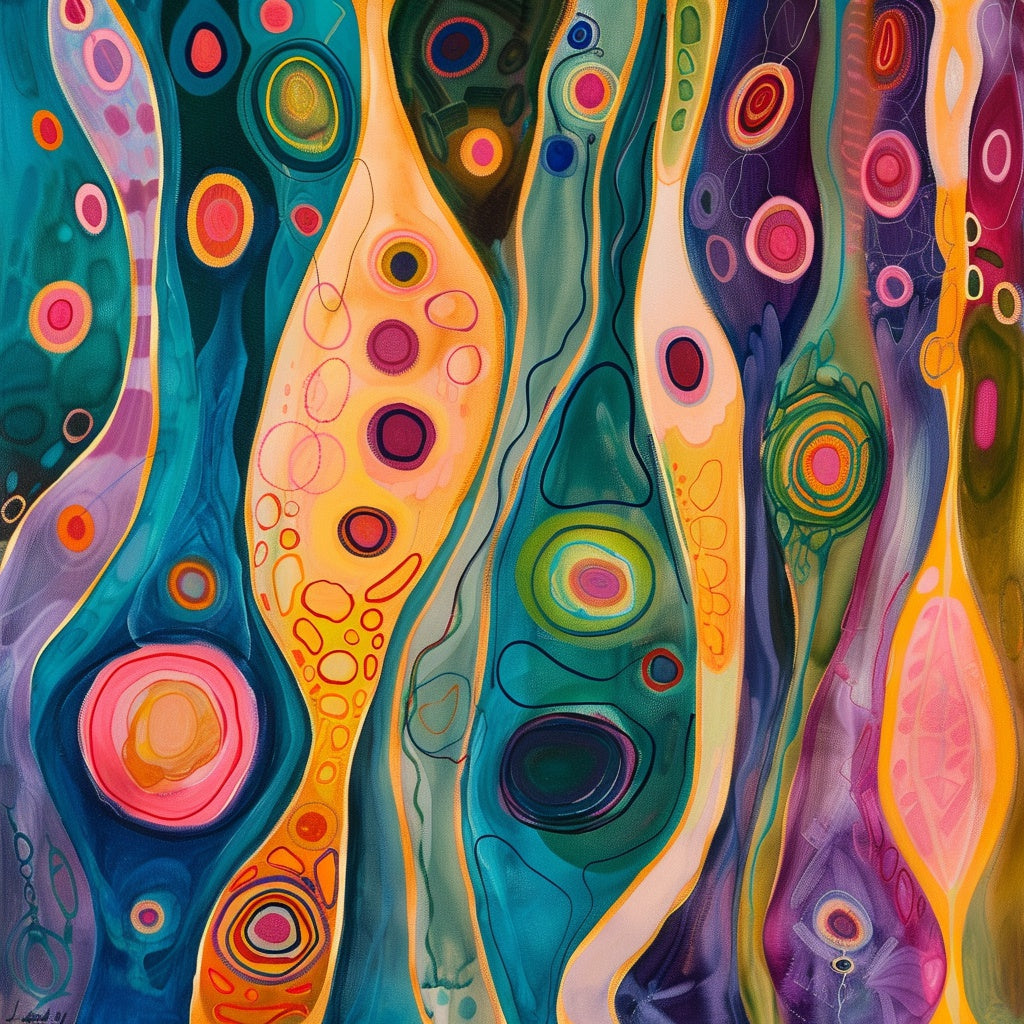AI's Creative Renaissance: Transforming the Art World
Artificial intelligence (AI) is rapidly changing the landscape of art, moving from a futuristic concept to a practical tool for artists and a source of original creations. This post will explore how AI is being used in art, the technologies behind it, and the impact it is having on the creative world.
Table of Contents
- Introduction
- How AI is Used in Art
- AI as a Creative Tool
- Examples of AI-Generated Art
- The Future of AI in Art
Introduction
AI is no longer just a futuristic fantasy; it's a present-day reality transforming how art is created, experienced, and understood [1]. AI's foray into art began with rule-based programs like Harold Cohen's AARON in 1973, but it has advanced dramatically [1]. Today, sophisticated algorithms can generate original artworks, assist artists in their creative processes, and even challenge our definitions of art [1].
How AI is Used in Art
AI-generated art refers to artworks created with the help of AI, spanning various forms such as digital images, paintings, sculptures, music, and literature [2]. The typical process involves training an AI model on a large dataset of existing artworks. The AI then uses this learned data to generate new pieces, either autonomously or based on specific parameters a human artist sets [2].
Neural Networks
Neural networks, inspired by the structure of the human brain, are a type of AI model consisting of interconnected nodes that process information [3]. These networks allow AI to learn from data and generate new content [2]. Generative Adversarial Networks (GANs) are a common type of AI model used in art generation [2]. GANs employ two neural networks: a generator that creates images and a discriminator that evaluates them [2]. The generator learns to produce more realistic images over time by competing with the discriminator [2]. This adversarial process pushes the AI to create remarkably realistic and detailed artworks [2]. Think of it like two artists, one producing and the other critiquing, constantly improving the work through feedback and competition.
Variational Autoencoders (VAEs)
Another type of AI model used is Variational Autoencoders (VAEs) [2]. VAEs compress an input into a condensed form and reconstruct it [2]. While they are often used for tasks like image denoising or enhancing image resolution, they can also generate new images with specific attributes [2]. Imagine a sculptor who takes an existing sculpture, refines it in their mind by removing unnecessary elements, and then recreates a version that emphasizes specific features, similar to how a VAE functions.
Transformer-Based Models
Transformer-based models, which draw inspiration from natural language processing models such as GPT, are also making their mark in AI art [2]. These models generate art by understanding and transforming inputs context-awarely, making them highly effective at creating art based on text prompts [2]. They can interpret and respond to text much like a painter might interpret a descriptive passage from a novel and translate it into a visual image.
Additional Techniques
Other techniques include Neural Style Transfer, which applies the style of one image to another [2]. This approach allows for creating artistic versions of photographs or fusing different artistic styles [2]. Evolutionary algorithms also play a role insimulating natural selection to develop new images [2]. Users select desired traits, and the algorithm iteratively enhances them [2]. The latest AI image generators use diffusion to create pictures, starting with random noise that is refined through a series of steps to match the AI's interpretation of a given prompt [4].
AI as a Creative Tool
AI is capable of generating art on its own and has proven to be a valuable tool for artists in their creative process [2]. AI tools can automate repetitive tasks [5], offer new perspectives on color, form, and composition, and help artists overcome creative blocks [6]. AI art often involves a collaborative process, with artists setting the parameters while the AI generates the details [2]. This partnership can lead to works that might not have been achievable through traditional methods [2].
How Artists Utilize AI
- Idea Generation: AI tools can give artists a starting point, suggesting concepts, styles, or compositions.
- Automation: AI can handle tedious tasks, like colorizing photos or removing objects from images.
- Exploration: AI allows artists to experiment with different styles and techniques, pushing artistic boundaries.
By integrating AI into their workflow, artists can streamline their process, explore new concepts, and create unique works [7]. AI enhances or augments the creative process for human artists, allowing them to focus on their work's conceptual and expressive elements [7]. Imagine a painter using a custom AI tool that suggests color palettes or a sculptor using AI to model potential designs before committing to a physical form.
Examples of AI-Generated Art
AI-generated art is not just a theoretical concept; it’s already having an impact on the art world. Here are a few notable examples across different mediums:
Images
- The image of a cow being abducted by a UFO in the Midwest, generated by Dall-E 2, showcases the ability of AI to create detailed and imaginative scenarios [6, 8].
- Artbreeder, a website that uses StyleGAN and BigGAN models, allows users to generate and modify images, further demonstrating the adaptability of AI in visual art [6].
- The AI artwork *Edmond de Belamy*, which sold for $432,500 at a Christie's auction, highlights the commercial value of AI art [6].
Music
- Songs such as "dresseee," "Cb103," "Molino de viento," "enem," and "bbbb" were created by AI Song Generator, showcasing AI's ability to compose music [9].
- Holly Herndon's "Godmother" track was created in collaboration with Jlin using an AI named Spawn, demonstrating AI's capacity to contribute to sophisticated music production [7].
- Brian Eno’s *Reflection* has a generative version released as an app that plays infinitely and changes based on the time of day, illustrating the potential of AI to create dynamic and personalized musical experiences [7].
Literature
- The Aum Golly poetry series, written by Jukka Aalho in collaboration with GPT-3 and ChatGPT, reveals AI’s capacity for creative writing [10].
- "The Road", a take on Jack Kerouac's On the Road, was generated by feeding data from automobile sensors to an AI, displaying the diversity of AI-driven literary projects [10].
These examples highlight the breadth of AI’s applications in art, and how it is used to create unique and thought-provoking works [6]. It’s clear that AI can be used to create everything from fine art pieces to popular music and experimental literature.
The Future of AI in Art
The relationship between AI and art is still in its early stages, but its potential to revolutionize the creative landscape is undeniable [11]. As AI technology advances, we can anticipate more groundbreaking applications of AI in art.
Emerging Trends
- Hyperrealistic Artwork: AI is being used to create art that is indistinguishable from photographs or traditional art forms [12].
- Style Fusion: Artists are using AI to combine multiple artistic styles into a single piece, creating unique and hybrid works [12].
- Interactive Art: AI art is becoming more interactive, with installations that respond to viewer movements or inputs [12]. Imagine an art installation that changes its patterns based on the audience’s facial expressions.
- Personalized Art: AI is being used to create personalized art that adapts to the viewer’s preferences or inputs [12].
- AI Avatars: AI avatar generators are becoming popular, allowing users to create unique avatars for various digital platforms [1, 12]. These generators use techniques like text-to-image generation to make customized avatars.
- AI in the Art Market: AI can be used to catalog artworks, analyze market trends, and predict future art market developments [13].
AI has the potential to democratize art creation by making it more accessible to individuals who may not have traditional artistic skills or resources [14]. This could enable a wider range of people to express themselves creatively [11]. These trends indicate that AI will continue to blur the lines between art and technology, creating new opportunities for artistic expression and challenging our understanding of what it means to be an artist [11]. The future of AI in art promises to be both innovative and transformative, pushing the boundaries of what is possible in the creative realm.
Conclusion
AI is transforming the art world in profound ways, enabling the creation of new and innovative artworks and helping artists in their creative endeavors [11]. The convergence of algorithms and human imagination is leading to a new era of creative expression [11]. While questions remain about the future of AI’s impact on art, the potential for innovation and artistic evolution is clear. AI is poised to redefine the art world, creating new ways for humans to express themselves and experience art.
Footnotes
[1] What is AI Art? How Art Generators Work (2025) - Elegant Themes
[2] What Is AI-Generated Art? | IxDF
[3] The Uneasy Relationship Between Art and AI - Datacenters.com
[4] The 7 best AI image generators - Zapier
[8] What is Generative Art? Algorithmic vs. AI - MakersPlace Editorial
[6] Artificial intelligence art - Wikipedia
[9] AI Music & Song Generator Online (Free, Powerful)
[7] 12 songs created by AI - Google Arts & Culture
[10] Books Written By Artificial Intelligence: A List » All Good Great
[5] Policy Reflections: AI Generated Art Implications
[12] Art in the Age of AI: The Changing Role of Artists - AGI Fine Art Blog
[11] The Impact Of Artificial Intelligence On The Art World - Forbes



Leave a comment (all fields required)